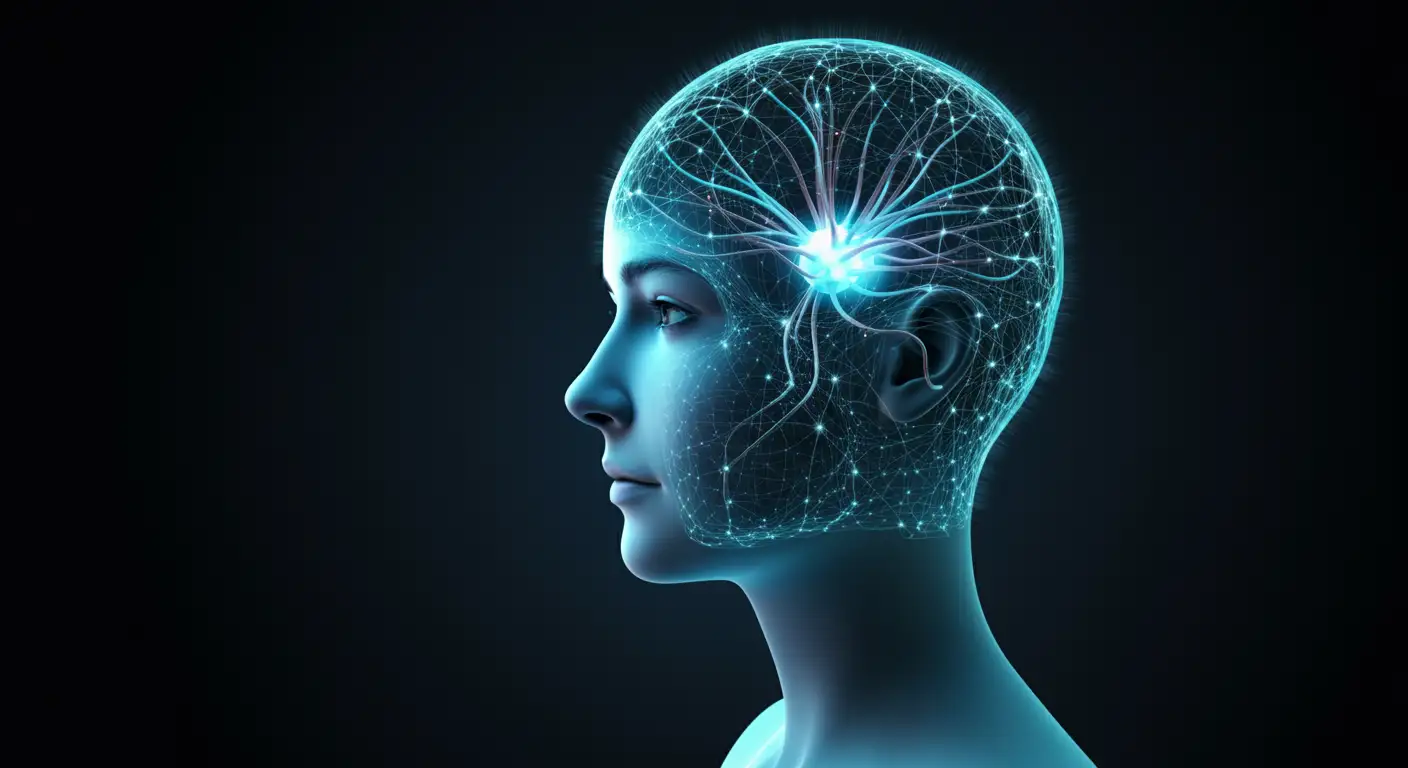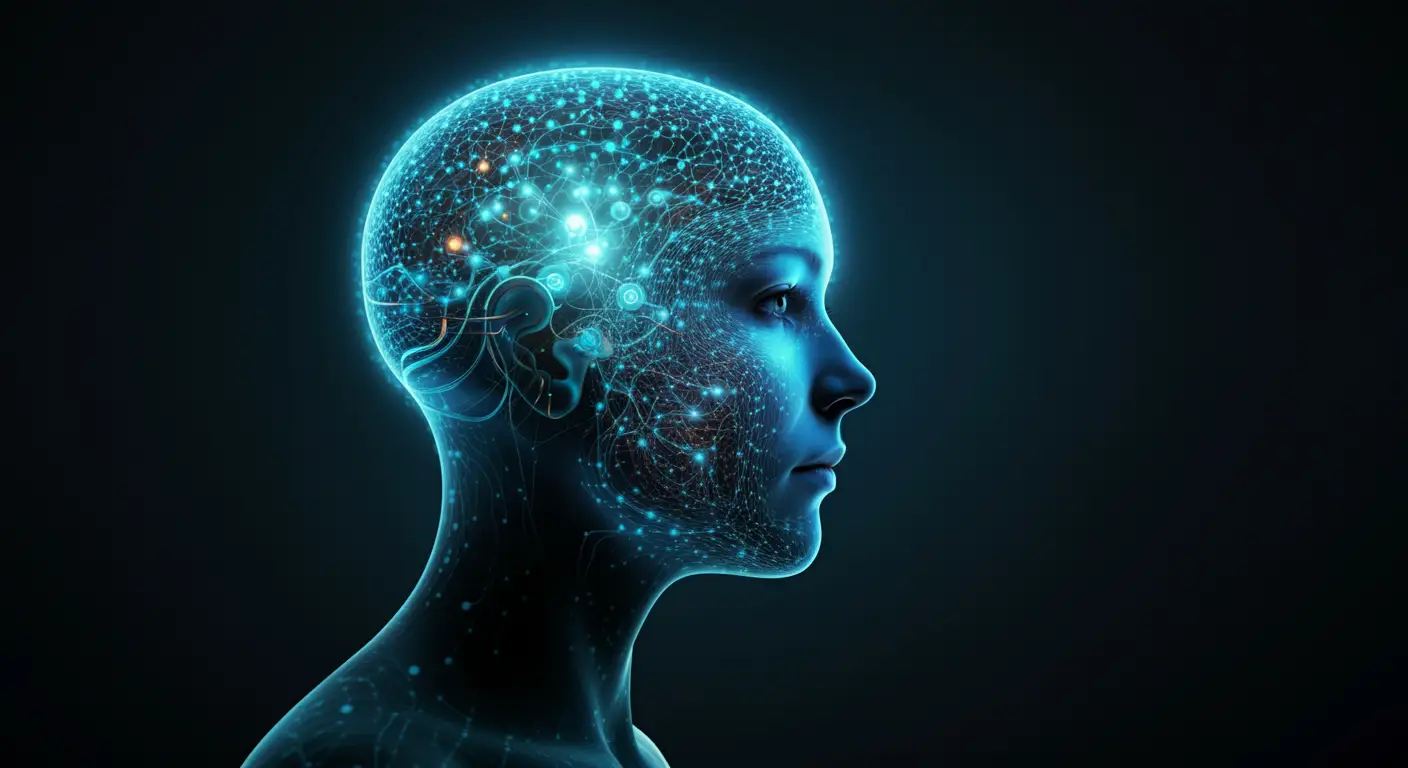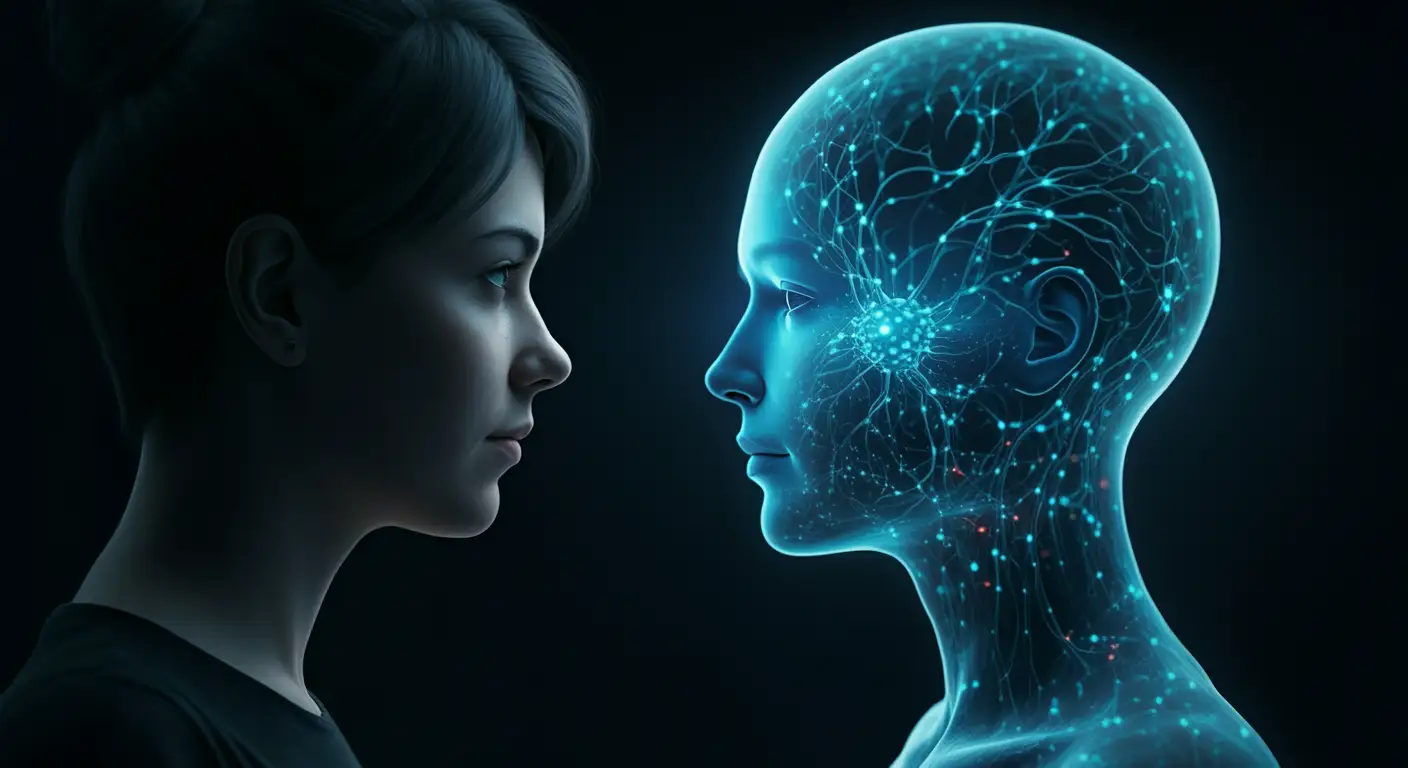Pioneering Neuro Interfaces: The Future of Human-Computer Interaction
Welcome to Techove UK. We can write our amazing content experiment about Pioneering Neuro Interfaces: The Future of Human-Computer Interaction with powerful details and information.
The human brain, a marvel of nature, has long fascinated scientists, philosophers, and dreamers alike. It is a complex web of neurons firing in harmony, controlling everything from our thoughts to our movements. But what if we could bridge the gap between this biological masterpiece and the digital world? What if technology could seamlessly integrate with the human mind? Welcome to the era of Pioneering Neuro Interfaces: The Future of Human-Computer Interaction, where science fiction meets reality.
This article’ll explore how advancements in neuroscience, artificial intelligence (AI), and brain-computer interfaces (BCIs) are shaping the future. We’ll delve into Neuralink’s groundbreaking work, discuss neural implants and electrodes, and understand how these technologies redefine human-machine interaction. Let’s embark on this journey step by step.
What Are Neuro Interfaces?
At its core, a neuro interface is a system that connects the human brain to external devices like computers or machines. This connection allows for bidirectional communication—meaning signals can flow both ways. These systems are often called brain-computer interfaces (BCIs) or human brain-machine interfaces.
Neuro interfaces rely on advanced technologies such as neural implants, which are tiny devices implanted into the brain to record neural activity or stimulate specific regions. These implants use ultra-thin electrodes to interact with neurons without causing significant damage to surrounding tissue.
Imagine being able to control a robotic arm just by thinking about it or typing out words on a screen without lifting a finger. This is not just theoretical; it’s happening now thanks to companies like Neuralink.
How Does It Work?
To understand how neuro interfaces function, let’s break it down:
- Recording Neural Activity
The first step involves capturing electrical signals generated by neurons in the brain. These signals represent thoughts, intentions, or sensory information. - Electrodes as Sensors
Tiny electrodes detect these signals. They act as sensors that pick up electrical impulses from specific brain regions. - Signal Processing
Once recorded, these signals are processed using advanced algorithms powered by AI and neural networks. The goal is to decode these signals into meaningful commands that machines can understand. - Brain Stimulation
In some cases, neuro interfaces also send information back into the brain through electrical stimulation. This can be used for therapeutic purposes or sensory augmentation. - Output Devices
Finally, decoded commands are sent to external devices like computers, prosthetics, or even virtual reality systems.
This seamless integration between biology and technology forms the foundation of Pioneering Neuro Interfaces: The Future of Human-Computer Interaction.
👉Related Post: Decoding the Mind: Astonishing Neuro Tech Discoveries Revealed
The Role of Neuralink in Advancing BCIs
When discussing neuro interfaces, one name stands out—Neuralink. Founded by Elon Musk in 2016, Neuralink aims to revolutionize how humans interact with machines by developing high-bandwidth BCIs.
Key Innovations by Neuralink:
- Neural Implants: Neuralink has developed coin-sized implants equipped with thousands of electrodes that can record neural activity with unparalleled precision.
- R1 Surgical Robot: To ensure safe and accurate implantation of electrodes into the brain, Neuralink uses an advanced surgical robot called R1.
- Wireless Communication: Unlike traditional BCIs that use wires for data transmission, Neuralink’s devices communicate wirelessly with external systems.
- Bidirectional Communication: Neuralink’s technology records neural activity and stimulates specific areas of the brain for therapeutic purposes.
One remarkable achievement was enabling a paralyzed individual to write text on a computer screen simply by thinking about it—a true testament to the potential of neuro interfaces in transforming lives.
Case Study: Restoring Movement with BCIs
Let’s dive into a real-world example of how pioneering neuro interfaces: the future of human-computer interaction is changing lives.
The Challenge
A patient with severe paralysis has lost the ability to move their limbs. Traditional treatments provide limited solutions, leaving them reliant on caregivers for daily activities.
The Solution
Researchers implant a brain-computer interface (BCI) with electrodes that record brain activity. The patient is trained to think about moving their hand, and the BCI translates these thoughts into commands for a robotic arm.
The Results
Within a few weeks, the patient can use the robotic arm to eat, drink, and even write. This revolutionary application of BCIs is just one example of how neurointerfaces are transforming healthcare.
Applications of Pioneering Neuro Interfaces
The possibilities offered by neuro interfaces extend far beyond medical applications. Here are some key areas where they’re making an impact:
1. Medical Rehabilitation
For individuals suffering from neurological disorders such as Parkinson’s disease or epilepsy, neuro interfaces offer hope through targeted treatments like deep brain stimulation (DBS). By modulating abnormal neural activity using implanted electrodes, symptoms can be alleviated significantly.
2. Restoring Mobility
Paralysis caused by spinal cord injuries often leaves individuals unable to move their limbs voluntarily. With BCIs decoding motor intentions directly from their brains and sending commands to robotic exoskeletons or prosthetic limbs—mobility can be restored partially or fully!
3. Enhancing Cognitive Abilities
Imagine enhancing memory retention or learning speed using AI-powered BCIs! While still experimental today, such enhancements could soon redefine education systems globally!
4 . Gaming & Virtual Reality (VR)
Gamers may soon experience immersive gameplay controlled entirely via thought processes rather than physical controllers! Similarly, VR environments will become more intuitive, allowing users greater freedom within virtual worlds!
Challenges Facing Neuro Interface Development
While the potential benefits are immense, several challenges must be addressed before neuro interfaces become mainstream:
- Safety Concerns: Implanting electrodes into the brain carries inherent risks such as infection or tissue damage. Ensuring long-term safety is a top priority for researchers.
- Ethical Considerations: Merging human brains with machines raises ethical questions about privacy, autonomy, and identity.
- Technical Hurdles: Developing high-resolution neural recording systems capable of decoding complex thoughts remains a significant challenge.
- Regulatory Approvals: Gaining approval from regulatory bodies like the FDA requires extensive testing to demonstrate safety and efficacy.
Despite these obstacles, companies like Neuralink continue pushing boundaries to pursue transformative breakthroughs in human-computer interaction.
Frequently Asked Questions (FAQs)
Here are some common questions about neuro interfaces along with concise answers:
1. What is a neural implant?
A neural implant is a small device surgically implanted in the brain that uses electrodes to record neural activity or stimulate neurons for therapeutic reasons or enhanced functionality.
2. How does mind control work in BCIs?
Mind control in BCIs involves decoding electrical signals from specific regions of the brain associated with intention or movement and translating them into commands for external devices like computers or robotic arms.
3. Can neuro interfaces treat neurological disorders?
Yes! Technologies like those developed by Neuralink aim to treat conditions such as Parkinson’s disease and epilepsy by modulating abnormal neural activity through targeted stimulation techniques known as deep-brain stimulation (DBS).
4. Are there non-invasive alternatives to implanted BCIs?
Yes! Non-invasive methods such as EEG-based headsets can record brain activity without surgery; however, they offer lower resolution compared to implanted systems due to limitations imposed by signal attenuation and scalp interference.
5. Will everyone eventually have access to these technologies?
Accessibility is influenced by factors such as cost, scalability, public acceptance, and widespread adoption. This process will likely occur gradually, beginning with medical applications and later expanding into consumer markets.
The Role of Artificial Intelligence in Neuro Interfaces
Artificial intelligence is the backbone of modern neuro interfaces. By analyzing vast amounts of brain data, AI algorithms can identify patterns and make predictions with remarkable accuracy.
Researchers are using AI to improve the precision of brain stimulation, which involves applying electrical impulses to treat conditions like Parkinson’s disease and depression. This is one example of pioneering neurointerfaces, and it demonstrates how advancing human-computer interaction is enhancing our understanding of the human brain.
The Future of Human-Computer Interaction
As we look to the future, the possibilities of neuro interfaces are infinite. From enhancing cognitive abilities to permitting seamless conversation with machines, this generation is poised to transform our world.
Imagine a destiny wherein:
- You can manage your clever domestic with just your mind.
- Students can learn new skills by downloading records without delay to their brains.
- Patients with neurological problems can regain lost functions via neural implants.
This is the promise of pioneering neuro interfaces: the destiny of human-laptop interplay. And with businesses like Neuralink making the fee, that future is closer than ever.
Statistics on Neuro Interfaces (2020-2024)
- Global BCI Market Size: The BCI marketplace is projected to develop from 1.5 billion in 2020 to 5.Three billion by 2024.
- Number of BCI Users: Over 10,000 human beings internationally are currently using BCIs for scientific or research functions.
- Neuralink Funding: Neuralink has raised over $363 million in funding since its inception.
- Success Rate: BCIs have a 90% success rate in assisting patients with paralysis in manipulating outside devices.
- AI Integration: 70% of BCI research now contains artificial intelligence for improved accuracy and functionality.
Conclusion: Pioneering Neuro Interfaces
The amazing advancements in pioneering neuro interfaces, the destiny of human-computer interplay, are a testimony to human ingenuity and the power of the era. From restoring motion to paralyzed sufferers to permitting seamless verbal exchange with machines, neuro interfaces are changing the arena in ways we once thought impossible.
As we look to the future, the potential of neuro interfaces is endless. Whether it’s via groundbreaking BCIs, AI-driven treatment options, or progressive applications in healthcare and training, one element is apparent: the destiny of human-computer interaction is here, and it’s more exciting than ever.
So, the subsequent time you hear about neuro interfaces, remember—it’s no longer simply science fiction. It’s technology truth, and it’s shaping the world of tomorrow.





